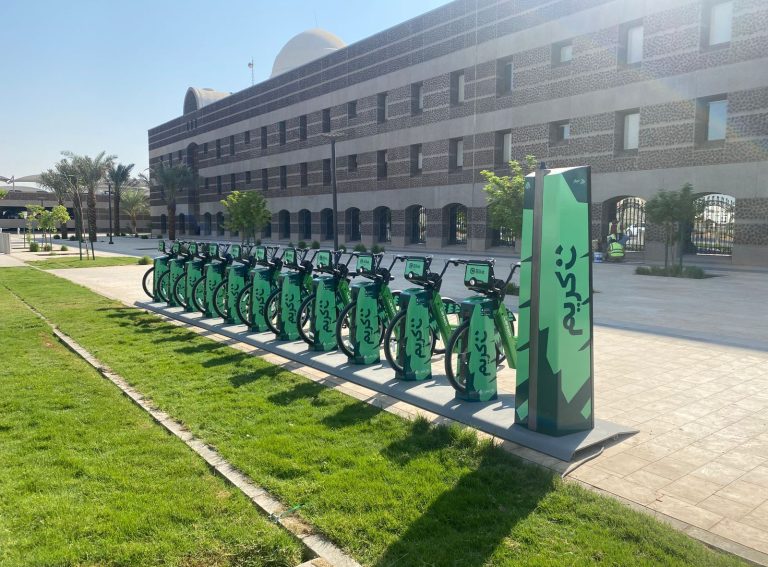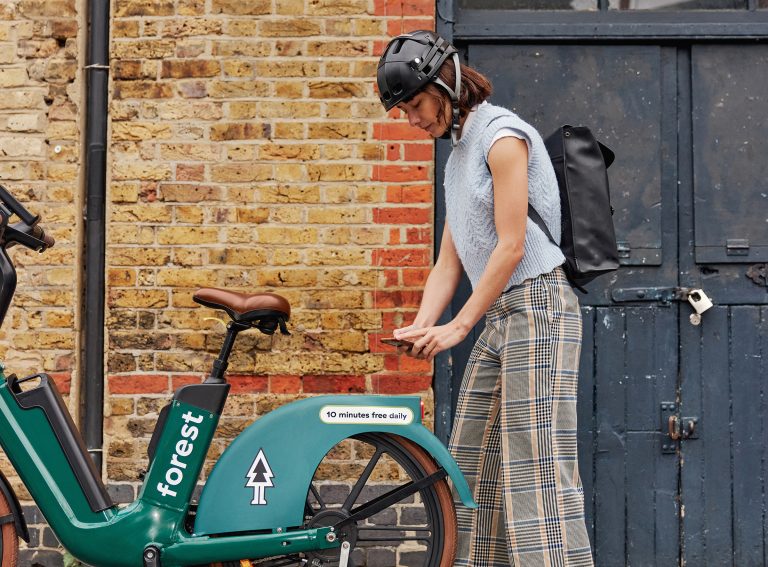Estimates indicate that up to 51% of all freight journeys in cities could be replaced by cargo bikes. Zag contributor Tanya Mohn, who regularly writes for The New York Times, examines how New York City is making the switch after authorising commercial e-cargo bikes on city streets for the first time
As I cycled on New York’s Upper West Side in recent days, I spotted more commercial cargo bikes than usual on the city bike paths. It’s an occurrence that’s likely to get more common.
In late March, the New York City Department of Transportation announced authorisation to allow e-cargo bikes on city streets. The developments, which include new safety standards, were designed to make deliveries of goods and services – for things like groceries and packages – safer and more sustainable by using pedal-assisted commercial bicycles and reducing the number of large delivery trucks.
Large delivery trucks can be risky from a safety standpoint to pedestrians, cyclists, and other road users, the city agency noted, are often double-parked on busy roadways or on sidewalks and are less environmentally-friendly.
“For too long, large trucks have been the only option, bringing congestion and pollution with them,” New York City Mayor Eric Adams said in a statement. “Low- and no-emission cargo bikes are one of the ways that we’re changing that paradigm, so we can get what we want, when we want it, without poisoning our air or clogging our streets.”
“Building a more sustainable city,” Adams added, “means reimagining deliveries in New York City.”
Tighter Regulations and Micro Delivery Hubs
The new rules require that e-cargo bikes cannot exceed a speed limit of 15 mph or be parked or left unattended on a sidewalk, even temporarily, and must adhere to specific size, weight and design requirements. Establishment of dedicated zones at the curb for cargo bikes to load and unload goods are also part of the new regulation.
Other initiatives the city is working on to support safe, sustainable, and efficient last-mile delivery options include the creation of “microhubs,” where trucks can safely offload freight directly onto smaller, greener alternatives, like cargo bikes, for the final leg of deliveries.
The recent developments build on the city’s Commercial Cargo Bike pilot programme. In 2022, cargo bikes made more than 130,000 trips and delivered over five million packages, according to the city, resulting in the reduction of over 650,000 metric tons of CO2 emissions, the equivalent of emissions generated by 1.6 billion miles driven by an average gas-powered passenger vehicle.
The Big Picture
The adoption of commercial e-cargo bikes in New York represents significant progress, Jill Warren, chief executive of the European Cyclists’ Federation, a nonprofit, umbrella group based in Brussels with more than 65 member organisations in over 40 countries, told Zag Daily.
“Cities are facing complex challenges related to urban mobility, which are predicted to become more challenging as the volume of traffic caused by commercial delivery services increases,” Ms. Warren said. Estimates indicate that up to 51% of all freight journeys in cities could be replaced by cargo bikes.
“Studies have shown that e-cargo bikes can deliver goods faster and more efficiently than vans in city centers, leading to shorter delivery routes, faster delivery times, and lower costs per parcel,” she said.
Across Europe, e-cargo bikes are gaining in popularity. “Many companies, from small startups to major corporations, are starting to integrate e-cargo bikes into their delivery fleets,” she said. “Here in Brussels, commercial cargo bikes have become a common sight on the streets.”
(The group has an interactive map that allows users to track developments in cargo bike friendly cities in Europe.)
Cargo Bikes May Be Sustainable, But Are They Safe?
“It is important that the infrastructure is sufficient for all road users,” Ms. Warren said. For example, wider cycling infrastructure and sidewalks should be part of a city’s plans if it wishes to increase the use of large cargo bikes.
Other factors that facilitate the successful integration of cargo bikes include developing a connected cycling network with sufficient width for cargo bikes, providing safe and accessible cargo bike parking, implementing measures like city-wide reduced speed limits and air quality-based emission regulations, and offering financial incentives to encourage adoption.
“It is important to remember that while there might be an increased risk associated with larger cargo bikes simply because they are larger and heavier, the main threat to cyclists and pedestrians in urban areas comes from cars, vans, and trucks,” Ms. Warren said.
“Across the EU, around 83% of cyclist fatalities and 99% of pedestrian fatalities occur in crashes involving motorized vehicles. Switching to smaller and less powerful modes like bikes and cargo bikes would significantly reduce that risk and make the city safer.”
Cities can support companies that use cargo bikes by providing rider safety training and rental bikes to help firms test the concept, Ms. Warren said. The European Cyclists’ Federation, along with partners, recently launched a vocational education training programme for bicycle-based urban delivery riders focused on road safety, enhancing professional standards, and promoting environmental sustainability.
Cargo bikes, she said, can “provide a greener and more efficient alternative, while also enhancing air quality, safety levels, and the liveability of urban areas.”





